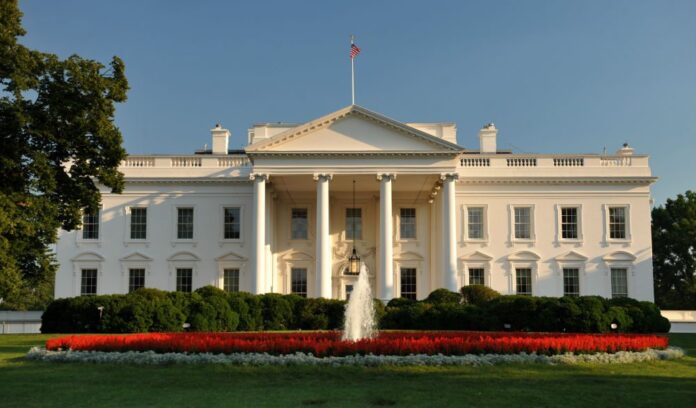For 5G, ‘Time is of the essence,’ FCC chairman says
Wireless industry officials on Friday ventured to the White House for a 5G Summit to discuss with administration officials the economic importance of next-generation cellular, and how to ensure America maintains a leadership position in 5G.
Ajit Pai, chairman of the U.S. Federal Communications Commission, used the opportunity to push his 5G FAST (Facilitate America’s Superiority in 5G Technology) plan, which covers spectrum policy and rules governing wireless infrastructure.
“Why does 5G matter?” Pai asked summit attendees. “Because it could effectively remove speed, responsiveness, and capacity as meaningful constraints on wireless innovation. Wireless networks will be 100 times faster, maybe more. The lag time between a device’s request for data and the network’s response will be less than one-tenth of what it is today. Wireless networks that today support 1,000 connected devices per square kilometer could instead support 1 million.”
But, to capitalize on the economic opportunities associated with 5G, “Time is of the essence,” Pai said. “We are not alone in our pursuit of 5G. The U.S. is in the lead, thanks to our private sector as well as the work of the FCC, this Administration, and Congress. But China, South Korea, and many other countries are eager to claim this mantle.”
In addition to Pai, NTIA’s David Redl, South Dakota Senator John Thune and Director of the National Economic Council Larry Kudlow also spoke at the Friday meeting.
CTIA President and CEO Meredith Attwell Baker was also on hand for the meeting said, “Leadership in 5G is vital for our economy, private investment and future innovation.And it was especially noteworthy that today’s event focused so much on the need to free up more mid-band spectrum for commercial wireless use to help meet this goal and to keep up with skyrocketing consumer demand for mobile data. We look forward to continuing this important dialogue with the Administration and policymakers to make 5G a reality.”
On the spectrum front, early U.S. 5G deployments are focused on the millimeter wave 28 GHz and 39 GHz bands. Operators in Europe, the Middle East and other geographies are tapping the 3.5 GHz band for early 5G testing. But, over time, a mix of low-, mid- and high-band spectrum will be needed to ensure coverage, capacity and building penetration.

